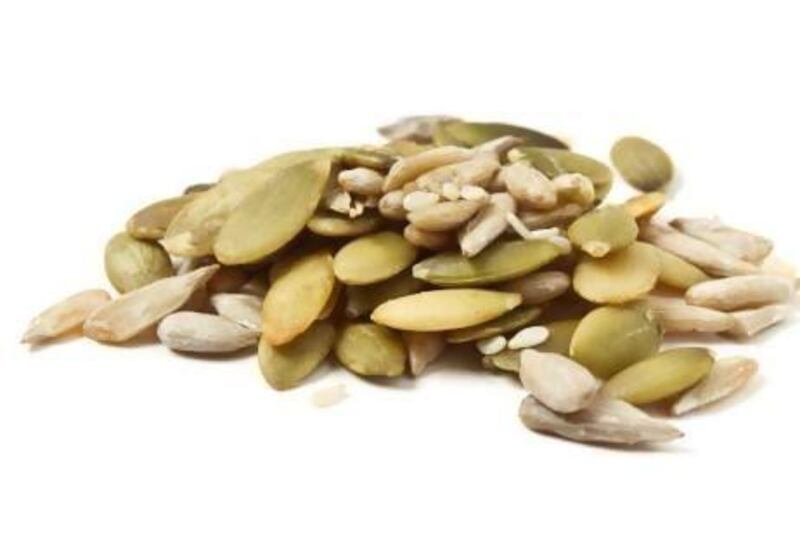According to the American College of Obstetricians and Gynecologists, at least 85 per cent of women experience at least one symptom of premenstrual syndrome (PMS). This can include tiredness, changes in appetite, tension, irritability, anxiety, depression, bloating, headaches and backaches. While diet and nutritional deficiencies have been linked to PMS, recent research specifies that iron significantly impacts the severity of symptoms.
In the Nurses Health Study II, researchers monitored the mineral intake of 3,000 women over 10 years. They found that “women who consumed the most non-heme iron, the form found primarily in plant foods and supplements, had a 30 to 40 per cent lower risk of developing PMS than women who consumed the lowest amount of non-heme iron”.
This lower risk was found where iron intake was “roughly greater than 20mg per day”. The recommended daily allowance for premenopausal women is 18mg but there could be benefits to taking a little extra. Do not exceed 45mg daily unless it is recommended by a physician.
The study also highlighted the importance of zinc in reducing PMS symptoms.
Getting iron and zinc through food is preferable to supplementation alone. Non-heme iron food sources include spinach, red kidney beans, black beans, chickpeas, tofu, cacao, sesame seeds, sunflower seeds, prunes and dried apricots. Zinc-rich foods include pumpkin seeds, cacao, garlic, peanuts, sesame seeds, wheatgerm, chickpeas and oysters.
One alternative to supplements is an all-natural liquid called Floradix available from Nutrition Zone.
Laura Holland is a well-being consultant and nutritional therapist. For more information, go to www.BeUtifulYou.co.uk
Follow us
[ @LifeNationalUAE ]






